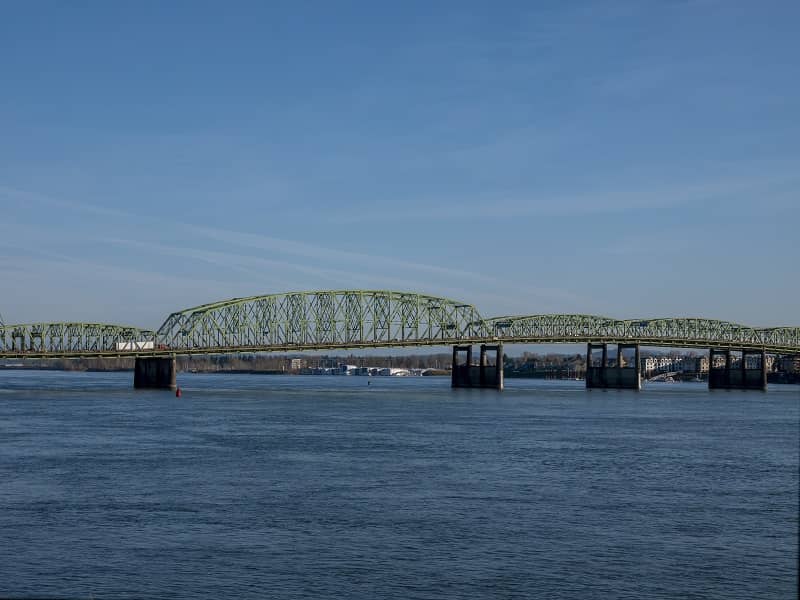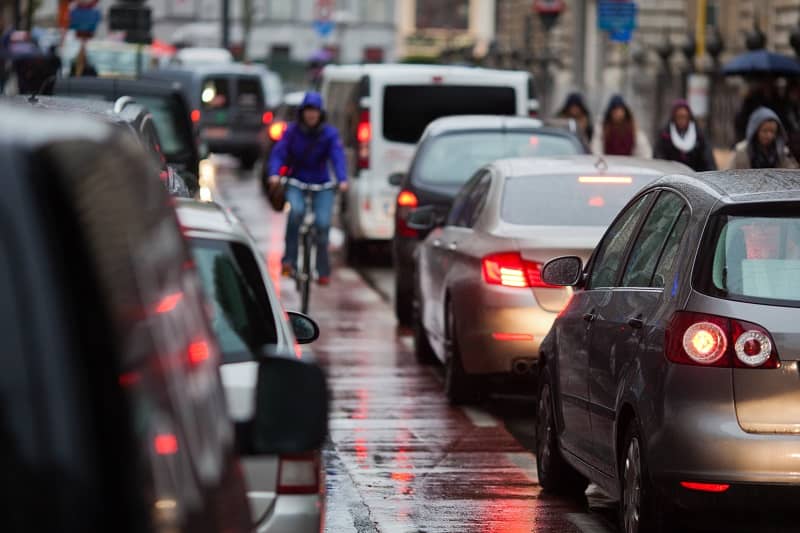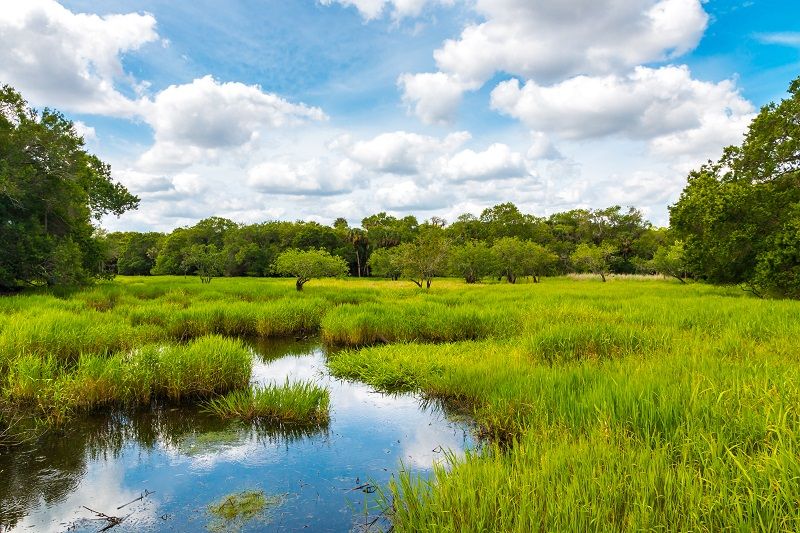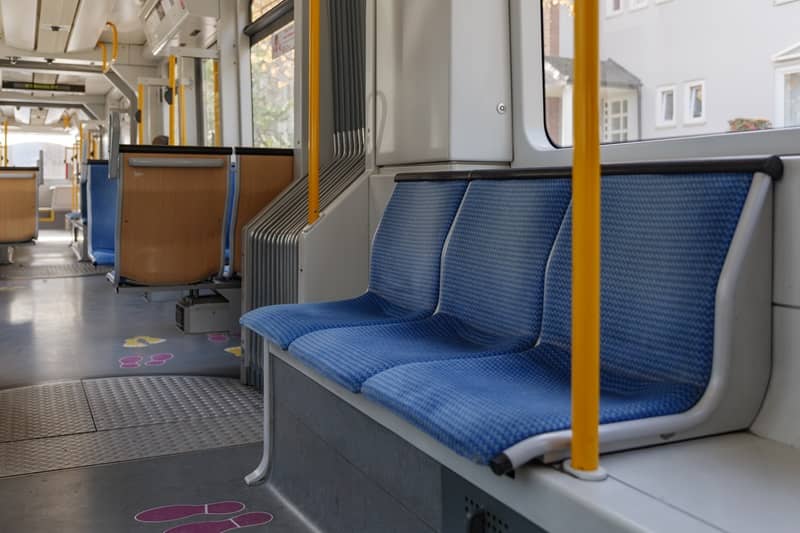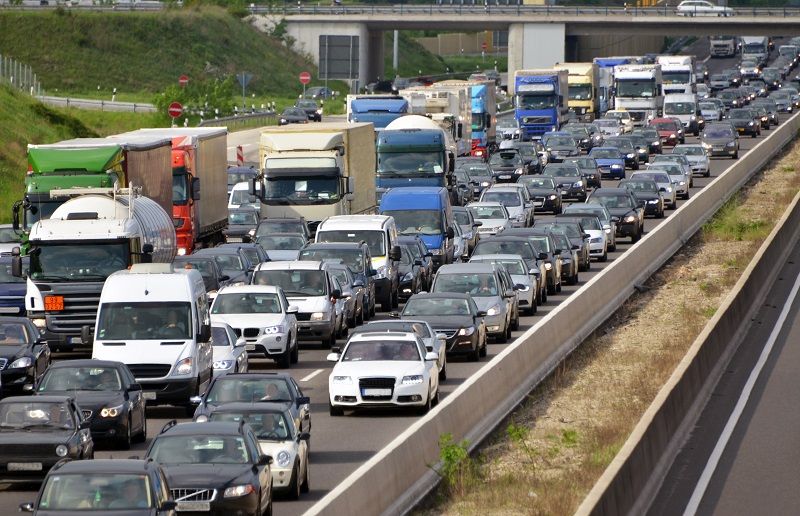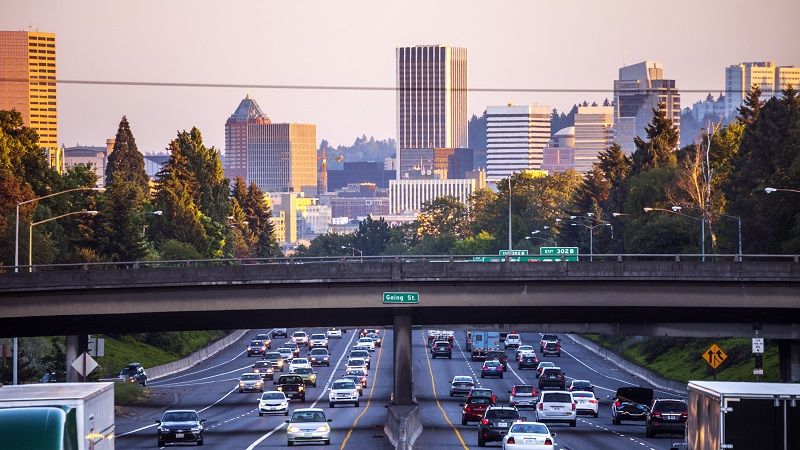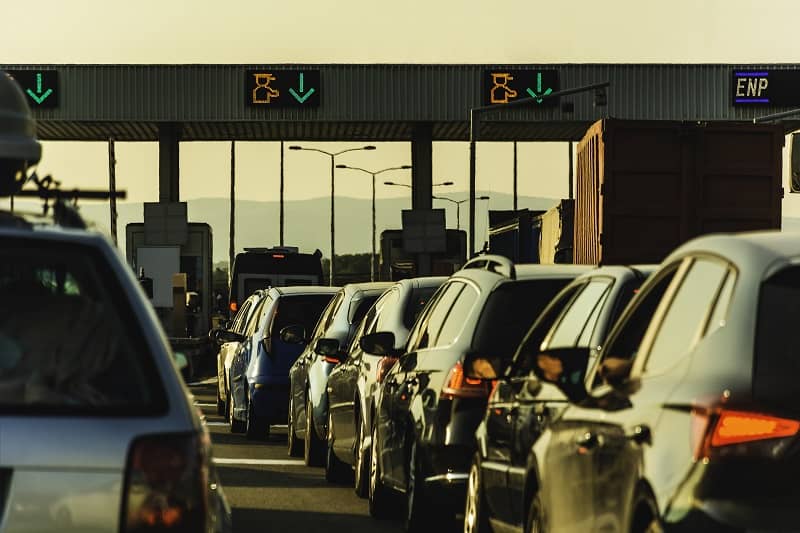

The Oregon Department of Transportation (ODOT) just announced its intention to increase traffic congestion in nearly 50 small cities and towns where state highways become downtown main streets. The Oregon Transportation Commission, which governs ODOT, plans to adopt rules at its January 14 meeting that would allow traffic speeds on these highways to be reduced through such techniques as more pedestrian crosswalks, wider sidewalks, and adding street parking.
Though accommodating pedestrians on a downtown thoroughfare is desirable, it can only work if the through-traffic is routed around the city on a high-speed by-pass. But ODOT has almost no interest in building by-passes, so the main streets will have to serve both pedestrians and long-distance drivers.
This strategy is guaranteed to fail. It is like trying to please dirt-bike riders and bird-watchers at the same time in the same location. Because the two hobbies are incompatible, they need separate facilities.
Unfortunately, under the last three governors, highway by-passes have become politically incorrect. The land-use planners have taken control of ODOT, and they oppose new highways on the grounds that they promote “sprawl.” However, because 98 percent of Oregon’s land mass is in open space, the land impacts of a few dozen new by-passes would be minimal, while the traffic benefits would be substantial.
Governor Kulongoski has talked a lot about jump-starting Oregon’s economy. If he really means it, he will direct ODOT to improve both pedestrian access and traffic flow.
© 2006, Cascade Policy Institute. All rights reserved. Permission to reprint in whole or in part is hereby granted, provided the author and Cascade Policy Institute are cited. Contact Cascade at (503) 242-0900 to arrange print or broadcast interviews on this topic. For more topics visit the QuickPoint! archive.



